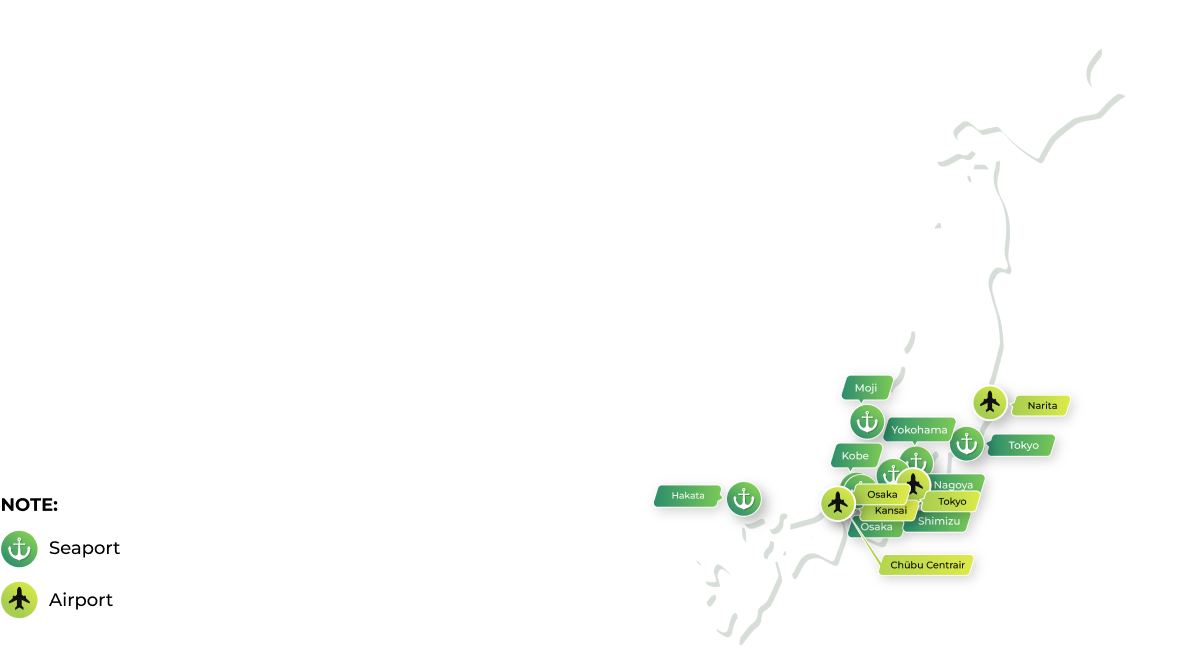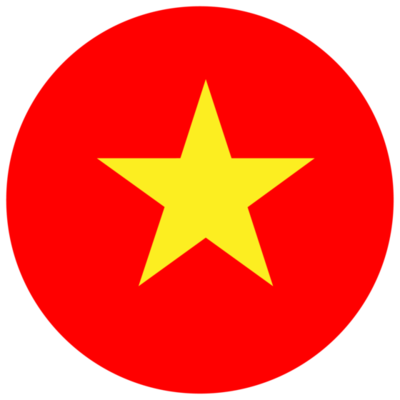Vietnam and Japan Trade Relations

The overall situation
Building diplomatic relations together since 1973, Vietnam and Japan have jointly developed a friendly relationship and brought about many impressive cooperative achievements.
Thanks to the bilateral relationship between the two countries, by 2022, the trade turnover index has reached nearly 50 billion USD. For Japan, Vietnam is a country that has exports with an impressive value of 24.2 billion USD and imports of 23.4 billion USD. Japan is considered the third largest export-import partner in the Vietnamese market
Update: 04/09/2023 / Source: vietnamplus.vn
The state of trade relations
Japan is not limited to friendly connections with Vietnam. There have been many agreements signed to strengthen friendly relations such as: ASEAN-Japan Comprehensive Economic Partnership Agreement (AJCEP)…
Currently in Vietnam, Japan is one of the leading investment and ODA partners. Foreign direct investment (FDI) and calling for Official Development Assistance (ODA) capital have contributed significantly to the economic development of both countries.
Update: 04/09/2023 / Source: vietnamplus.vn
Main Seaport/Airport

Types Of Shipping Modes
The types of cargo transportation between Vietnam and Japan include:
By sea
- Full Container Load (FCL) transportation
- Less-than-container Load (LCL) transportation
DELIVERY TIME
Shipping time ranges from 7 – 10 days, depending on the departure and destination ports. You can refer to the following routes:
- HCM – NGO: 9 days
- HCM – TYO: 7 days
- HPH – NGO: 8 days
- HPH – TYO: 7 days
By air
- Air Charter
- Express
DELIVERY TIME
Shipping time ranges from 2 – 4 days, depending on the type of shipping service
Requirements for importing into Japan

Requirements for agricultural products
- Needs to be tested and certified for quality, food safety, and safety from Japanese government agencies or organizations
- Agricultural products need to have a certificate of origin to determine the origin of the product

Requirements for fresh food products
- A certificate of origin is required to determine the origin of the product
- Needs to be packaged and labeled according to Japanese regulations, including information on origin, date of manufacture…

Requirements for fashion and textile products
- Need to ensure that it does not violate the intellectual property rights of others
- The Japanese market tends to prioritize products with brand value and unique design

Requirements for labels and packaging
- Products must be inspected and cannot be sold without JIS or JAS certification
- Unapproved additives, both artificial and natural, are banned in Japan.



 Tiếng Việt
Tiếng Việt